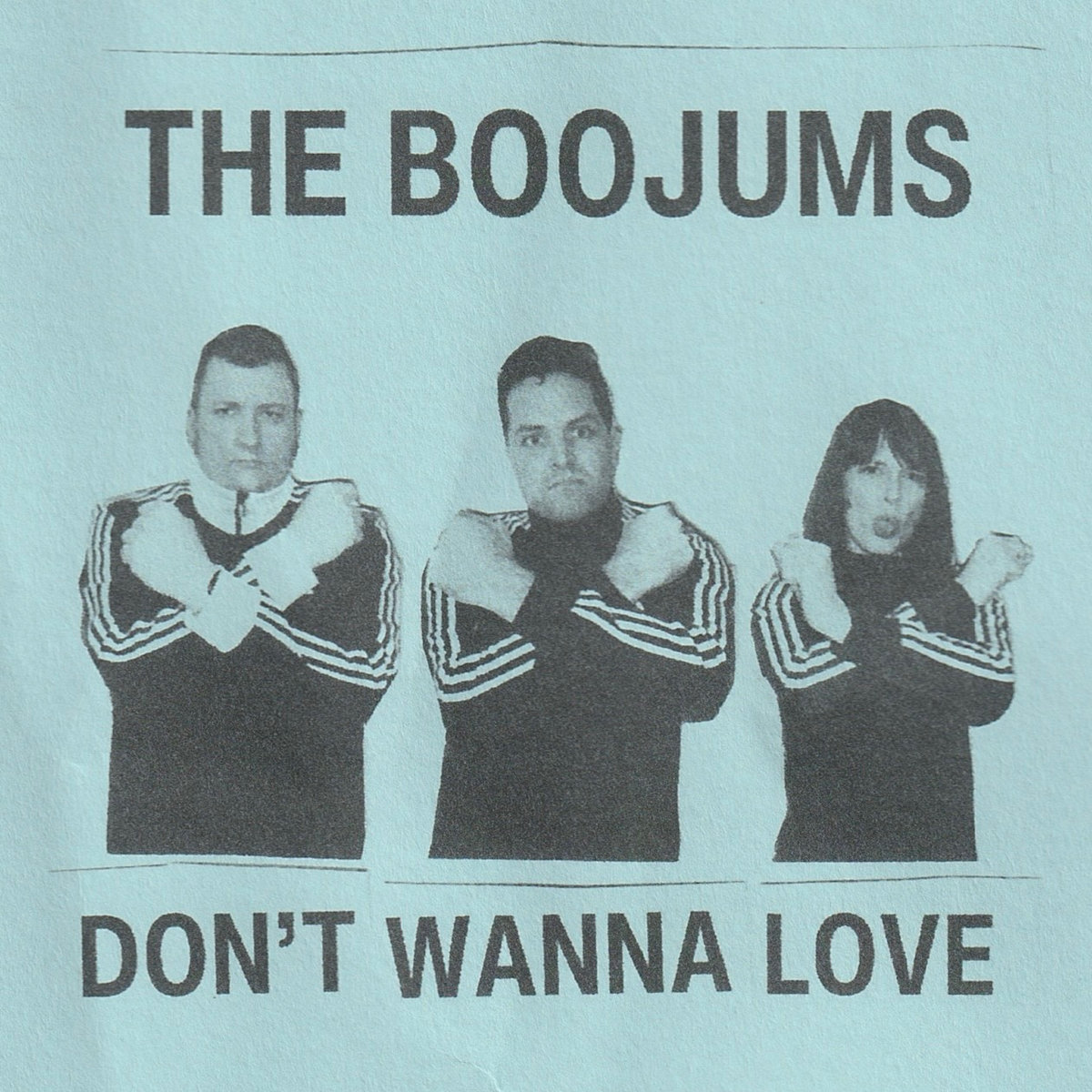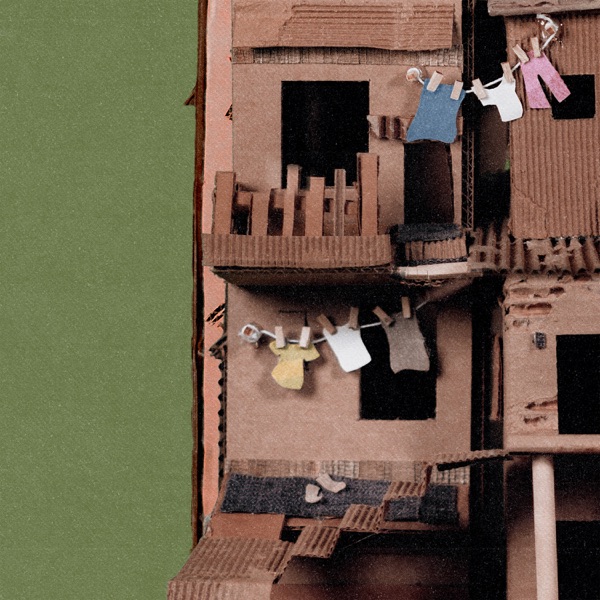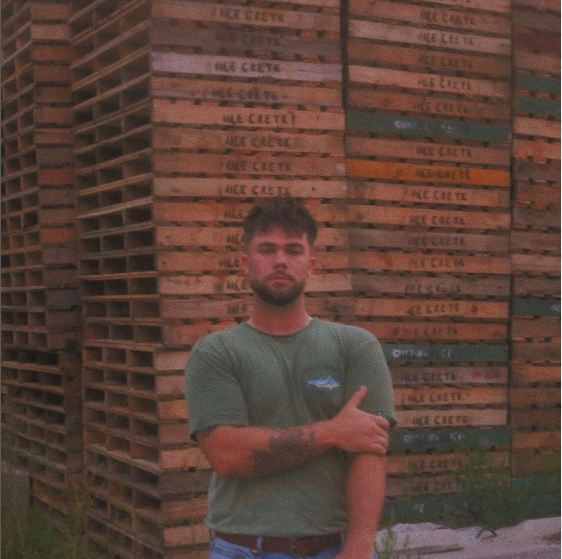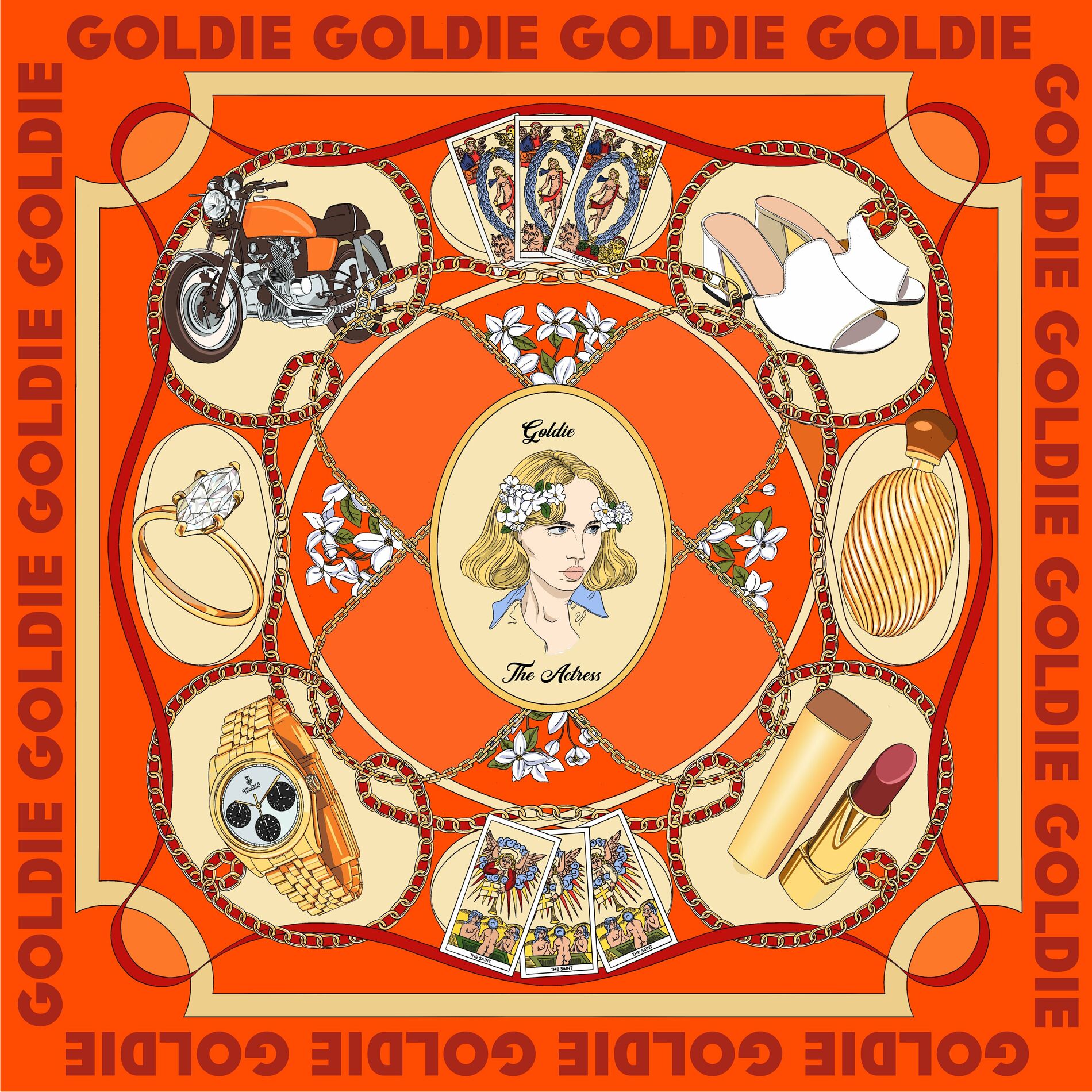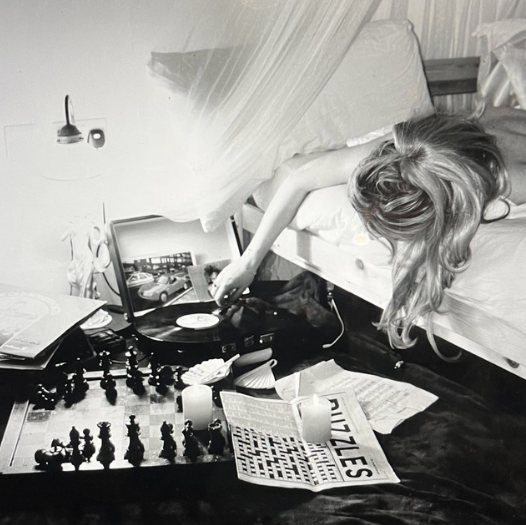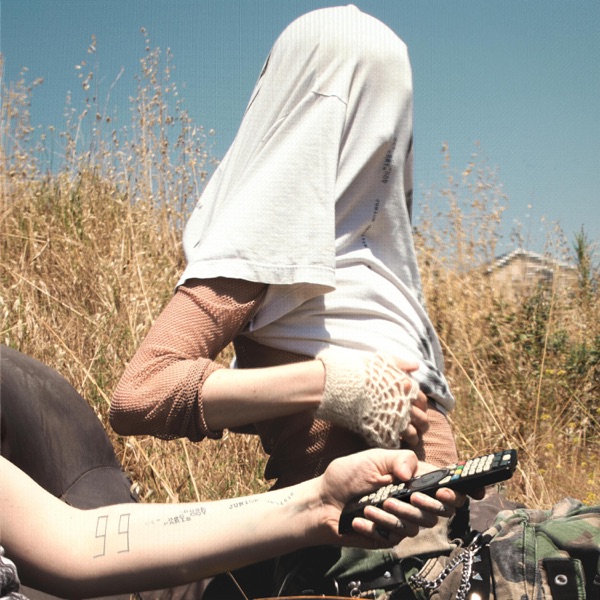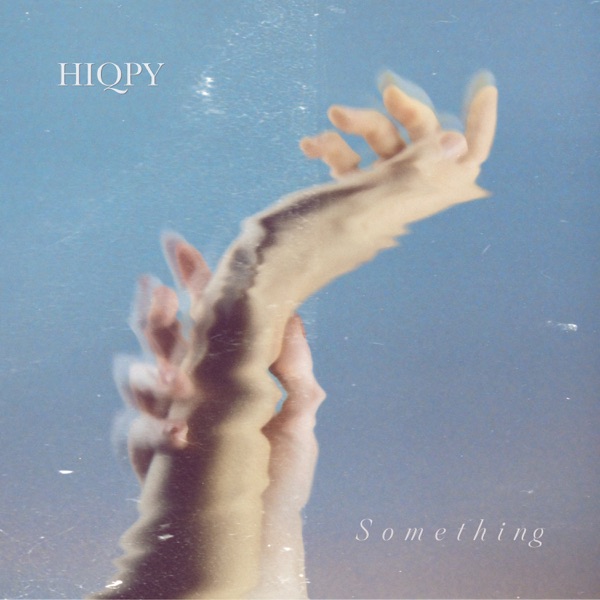I first heard of Cemento Atlantico, or Alessandro ‘ToffoloMuzik’ Zoffoli about a month ago, when his single El que puede hablar was released. I was hooked and wrote about him soon after. Something about the way his music is constructed just scratches an itch for me. It feels intelligent and instructive.
It’s unfair to him to compare his music to other ‘found recording’ artists. It’s the difference between scrolling through someone’s travel photos on Facebook and having them show and tell a physical photo album. There’s something incredibly personal about this record.
It’s best discovered on Bandcamp, where each track comes with a detailed description, beginning with the latitude and longitude of the origin of the field recording. Sadly, Universal Music didn’t include them with the tracks posted on YouTube. Early album standout Kashi Fire is above.
And the Bandcamp description is this:
Varanasi in India is a city full of contrasts where life and death, joy and pain, water and fire coexist. Behind dark and dirty alleys lie piles of corpses covered with colored sheets, filled with flowers and sandalwood. Here the corpses await to be burned in Shiva’s eternal fire. In Hindu belief, to reach Nir vana and abandon the cycle of reincarnations (Samsara) the corpse must be exhumed with Shiva’s fire and the ashes must be scattered in the Ganges River. For this reason, people come from all over the world to die in Varanasi. The Manikarnika is the oldest and most sacred ghat (stairway on the banks of the river) in the Hindu world, it is the place where the funeral cremations of the end of the cycle take place. In ancient Sanskrit, Varanasi bears the name of Kashi, city of light, because the eternal flame of Shiva is kept there. The Dom, a community of about 500 individuals, belonging to the caste of the un touchables, keep the sacred fire alive and manage every aspect of the cremations: they take care of buy ing the wood, preparing the pyres and make sure that the flames (lit in the eternal fire through a bundle) consume the corpses entirely.
After this, there is a description of the individual sounds in the track, with cultural context — what was happening during the recording, names, and descriptions of the various instruments used and roles of the people whose voices are included. It’s an incredible use of liner notes, that’s surprisingly absent from the song notes on the streaming services I checked. No indication as to whether it’s included with the vinyl, though I’m very close to making that order.
The production strives to match the intensity of the experience being shared, in a more elevated way that his prior record Rotte Interrotte. The elevation in intensity is by design. Here’s Zoffoli, from the album’s surprisingly detailed Bandcamp notes:
I believe that the pandemic was the only crisis in history that did not give rise to a cultural revolution, but fueled ignorance and conflicts. In many situations the worst side of humanity has emerged, so I wanted to treat my productions with a less “chill” attitude. As if I had turned up the volumes on wars and arrogance.
It’s demanding and rewarding. This is not chillout music. It’s also not dinner music, or rather, if you put it on at dinner, expect the entire conversation to be about the music. That’s what happened at my house on the weekend.
It’s difficult to believe this record is a full 40 minutes — 8 tracks of about 5 minutes each. It’s over before you know it. Any one of these tracks could easily be doubled in length and not overstay its welcome, but I think that’s the point. The forced analogy works here: like a life-changing adventure, the album is over before you know it and leaves you craving more.

